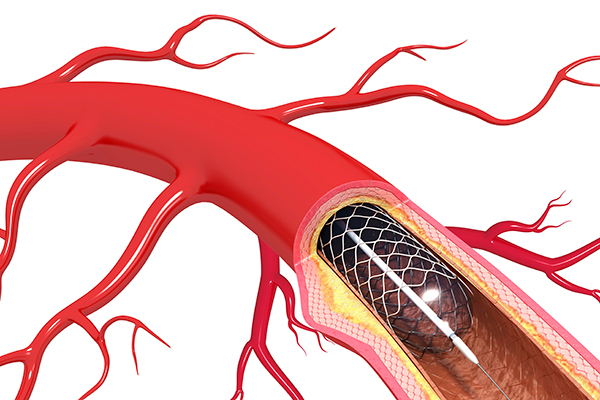Peripheral Artery Disease
Peripheral artery disease is a decrease of the blood flow through an artery due to plaque buildup. It can occur in the stomach, arm, head, and most commonly in the leg, and our surgeons frequently treat patients with this condition.
The symptoms of peripheral artery disease include leg pain, numbness, decreased rate of hair or nail growth, wounds that don’t heal or heal slowly, and foot pain. The disease can be diagnosed using an ankle-brachial index, a simple test that compares blood pressure in the ankle to blood pressure in the arm, MRI or ultrasound. Treatment for peripheral artery disease includes medications, lifestyle changes, or it might be necessary for a surgeon to place a stent.
